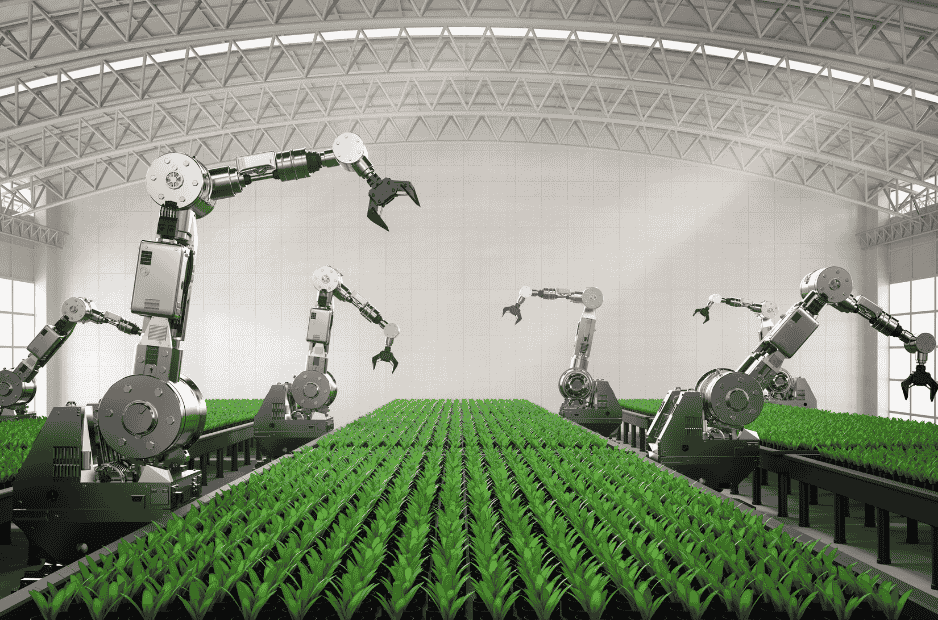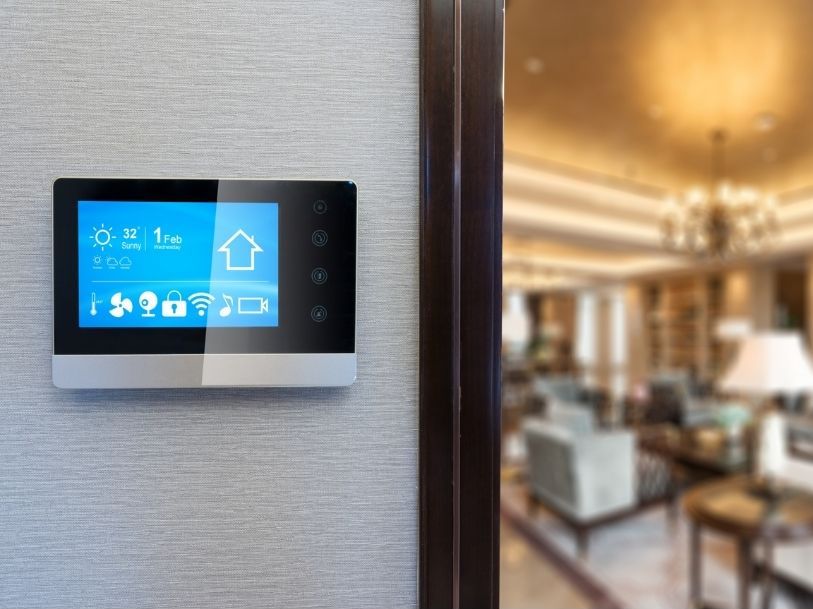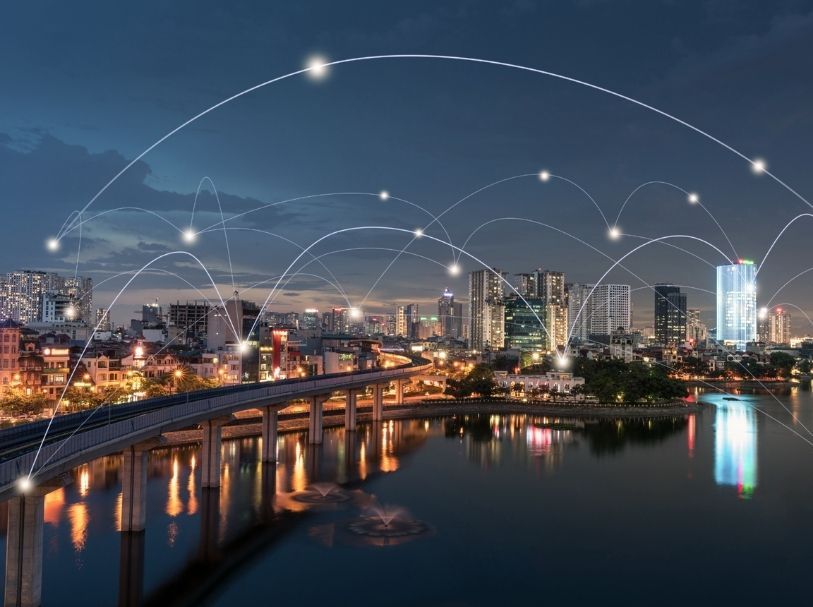🚨 The Challenge
- Farms were using siloed sensors with no unified data or control
- Manual irrigation scheduling wasted water and energy
- Delays in detecting crop stress or poor soil conditions
- Lack of digital dashboards for farmers to view conditions remotely
- Needed to serve both small and large-scale farms with varied devices and connectivity
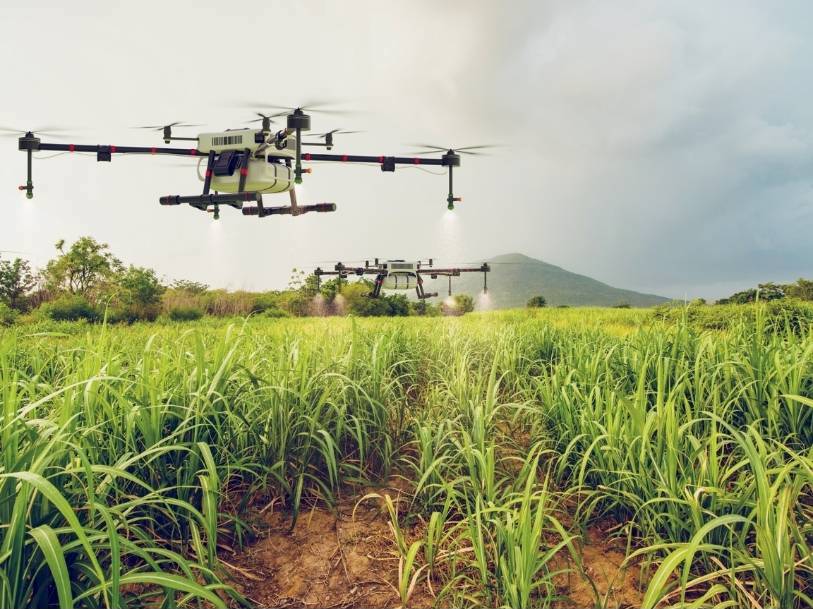
💡 The Wavefuel Solution
✅ 1. Protocol-Agnostic Sensor Integration
Connected soil moisture sensors, weather stations, water level meters, and crop cameras using BLE, LoRaWAN, and MQTT—across rural connectivity zones.
✅ 2. Halo for Farm-Level Monitoring
Each farm received custom dashboards showing:
- Soil moisture by zone
- Rainfall and temperature trends
- Irrigation valve status
- Crop imagery (from drones and field cameras)
✅ 3. Rule Engine for Smart Irrigation
Automated logic implemented:
- “Trigger irrigation only if soil moisture < 20% and no rain forecasted”
- “Alert farmer if temperature > 35°C for 2+ hours”
- “Turn off irrigation if tank pressure drops abnormally”
✅ 4. AI Assistant for Farm Managers
With Lighthouse AI, users could ask:
- “Which plots are low on moisture today?”
- “When did we last irrigate Field B?”
- “Create a weekly irrigation schedule based on weather forecast”
✅ 5. SDK for White-Label Farmer App
Using Wavefuel’s SDK, the AgriTech startup built a multilingual mobile app for farmers to monitor and control systems on the go.
📈 The Result
- 💧 Irrigation water savings of 35% across pilot farms
- 🌾 Crop yields improved by 15% with optimized inputs
- 📱 90% farmer engagement through easy-to-use app
- 🌍 Expanded to 5 new regions within 6 months due to scalability
- 🌤️ Weather-based automation reduced manual effort by 70%
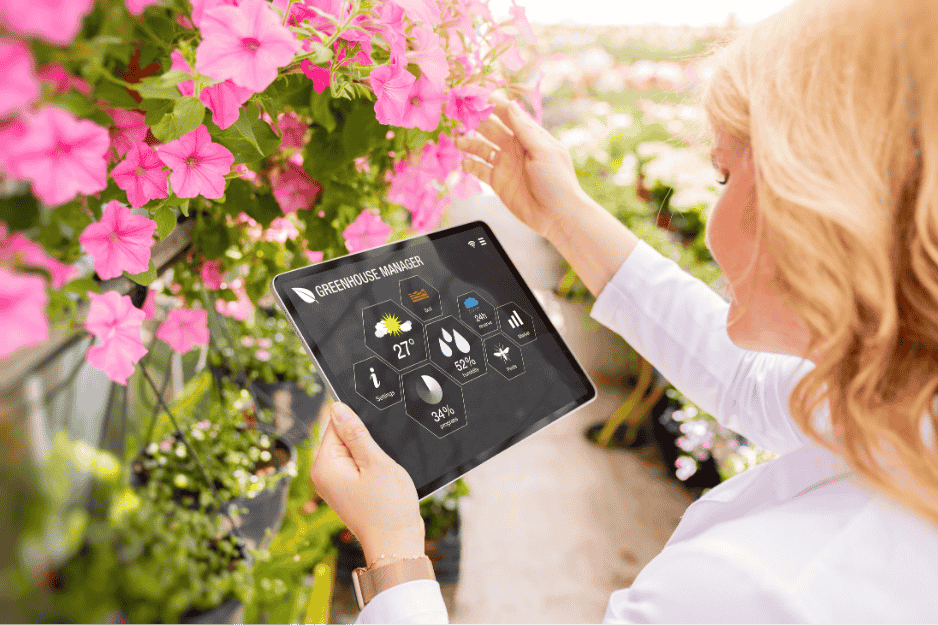
🧠 Key Features Used
- LoRaWAN, BLE, MQTT support for rural deployments
- Smart dashboards with Halo
- Custom logic via Rule Engine
- AI insights for agronomic planning
- SDK to build farmer-facing mobile solutions
